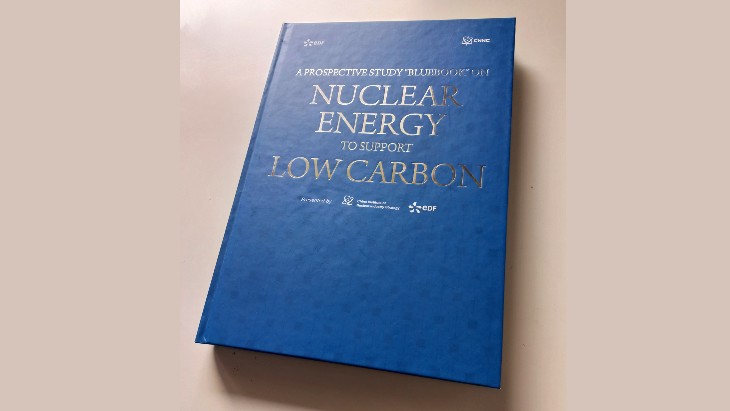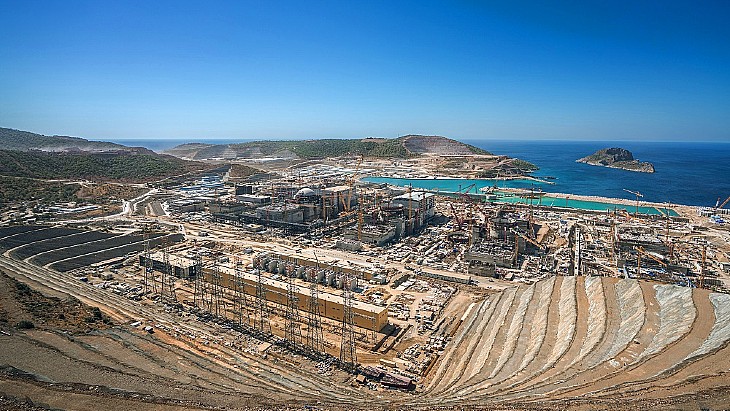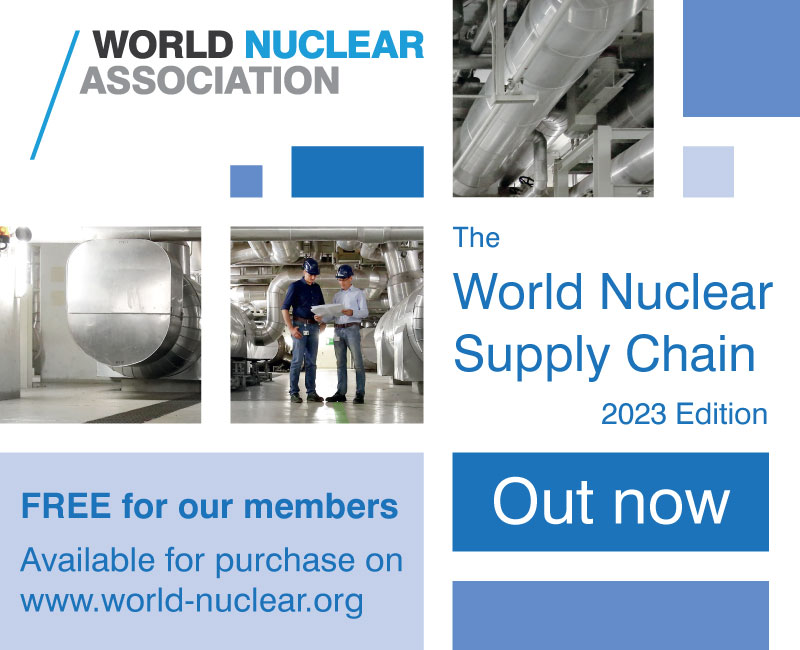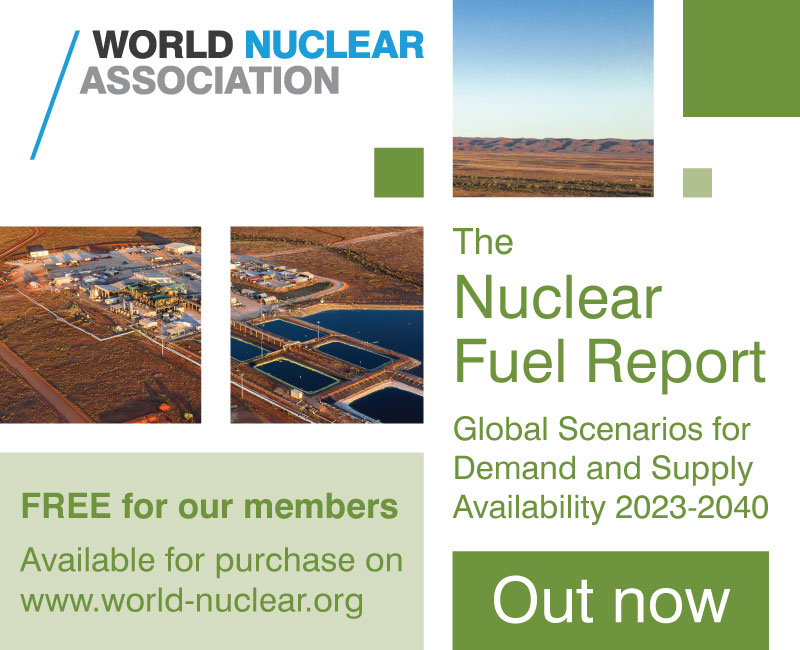Reactor testing of HTGR fuel confirms functionality, Rosatom says
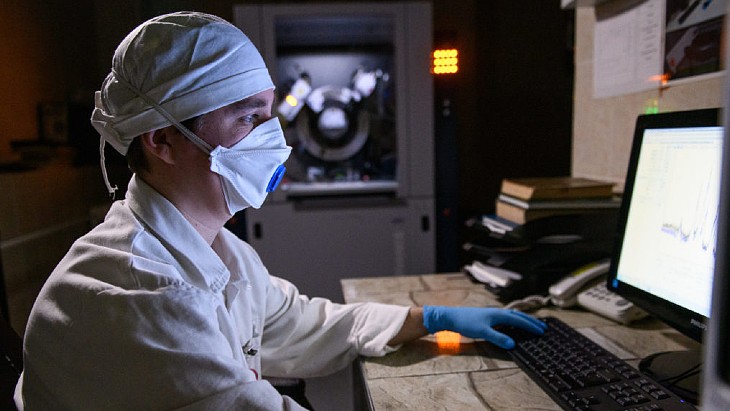
In a report on progress, the Russian nuclear corporation said: "By the end of 2023, in the IVV-2M reactor, one of the batches of laboratory samples of microfuel elements developed and manufactured by JSC VNIINM (part of TVEL), and fuel compacts developed and manufactured by JSC NII NPO Luch (part of Rosatom's scientific division), achieved burnup of 11-12% of heavy atoms. This practically corresponds to the design burnup values for HTGR fuel."
The temperature of the HTGR fuel was maintained between 1000-1200 °C during the process. The results of the experiments are being taken into account in developing an HTGR design and also in developing a pilot production process for HTGR fuel.
It said: "Based on the totality of accumulated experimental data (including those obtained online throughout the entire reactor experiment), Rosatom specialists have fundamentally confirmed the functionality of the developed HTGR fuel design (TRI-structural ISOtropic particle fuel, TRISO fuel)."
It added that "in the work programme for 2024-2025 it is planned to carry out at the experimental sites of the Rosatom scientific division a complex of post-reactor studies of irradiated samples of HTGR fuel, as well as reactor experiments in the limiting and emergency modes of its operation".
The HTGR project is aimed at a future nuclear power plant "as part of an investment project to create domestic technologies for large-scale production and consumption of hydrogen and hydrogen-containing products".
According to the World Nuclear Association's information paper, HTGR fuel "is in the form of TRISO particles less than a millimetre in diameter. Each has a kernel of uranium oxycarbide, with the uranium enriched up to 17% U-235. This is surrounded by layers of carbon and silicon carbide, giving a containment for fission products which is stable to 1600°C or more. These particles may be arranged: in blocks as hexagonal 'prisms' of graphite, or in billiard ball-sized pebbles of graphite encased in silicon carbide".
_49098.jpg)
_75453.jpg)
_57190.jpg)






